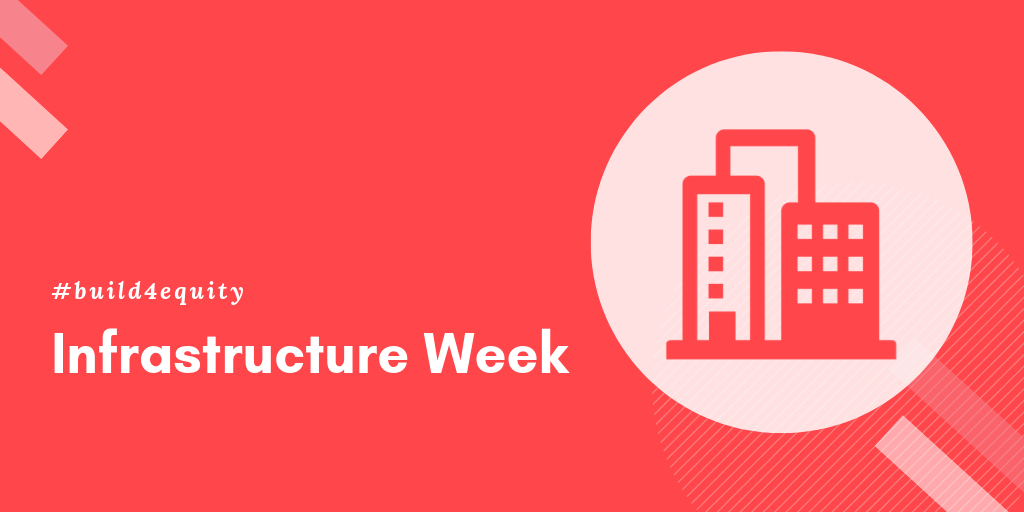Green Infrastructure Investment Without Displacement: Upcoming Webinar

Green infrastructure projects have the potential to bring needed benefits to low-income communities – greener and healthier environments, better infrastructure to withstand extreme climate events, local jobs in the growing sustainability sector, and more. But too often, low-income people and people of color living in these places face increased displacement pressure once these investments come to their communities. Green gentrification can seem like an inevitable outcome of investing in urban forests, parks, bioswales, and clean rivers in places that have faced decades of disinvestment and racist policies and practices. But it doesn’t have to be, if policymakers and green infrastructure practitioners proactively take steps to prevent displacement.
Join us tomorrow for a webinar by the Urban Waters Learning Network on addressing gentrification and displacement in green infrastructure projects. PolicyLink Senior Associate Chris Schildt will present on the drivers of displacement and what advocates for green infrastructure can do to promote investment without displacement.
Understanding Gentrification and Displacement: The Path to Equitable Development
Wednesday, May 15
9:00am – 10:30am PT / 12noon – 1:30pm ET
The first in a series hosted by the Urban Waters Learning Network, this webinar aims to frame the topics of gentrification and displacement as well as provide an example of the types of multi-sector partnerships that urban waters practitioners can create to ease displacement pressures. Presenters Paulina Lopez and Robin Schwartz from the Duwamish River Cleanup Coalition/TAG (Seattle, WA) will kick things off by sharing why this is an issue of concern that they are paying increasing attention to as a river-focused organization. Chris Schildt from PolicyLink will then address the following questions:
- What are the drivers behind displacement?
- What do gentrification and displacement look like? How are they different? How are they related?
- Are gentrification and displacement of people always the outcome of significant development in disinvested neighborhoods?
- What are some policies and/or practices that can be enabled to ease displacement pressures?
Exploring these topics further, Tony Defalco from Verde will share information about a multi-sector partnership called Living Cully. In the Cully neighborhood of Portland, Living Cully partners strive to balance environmental investments, equitable development and anti-displacement goals.
This webinar is part of a series hosted by the Urban Waters Learning Network (UWLN), a partnership between Groundwork USA & River Network funded by the US EPA Office of Water. This year, UWLN is digging deeper into a topic that has long been a concern of its members: the gentrification and displacement of people taking place in our urban communities, oftentimes following efforts to revitalize and reinvest in the places we call home. UWLN will be addressing this topic in the coming months through this webinar series, blog posts, impact stories, and other resources.
Presenters:
- Paulina Lopez, Executive Director & Robin Schwartz, Communications Manager, Duwamish River Cleanup Coalition/TAG
- Chris Schildt, Senior Associate, PolicyLink
- Tony DeFalco, Executive Director, Verde
